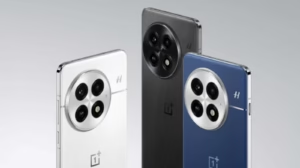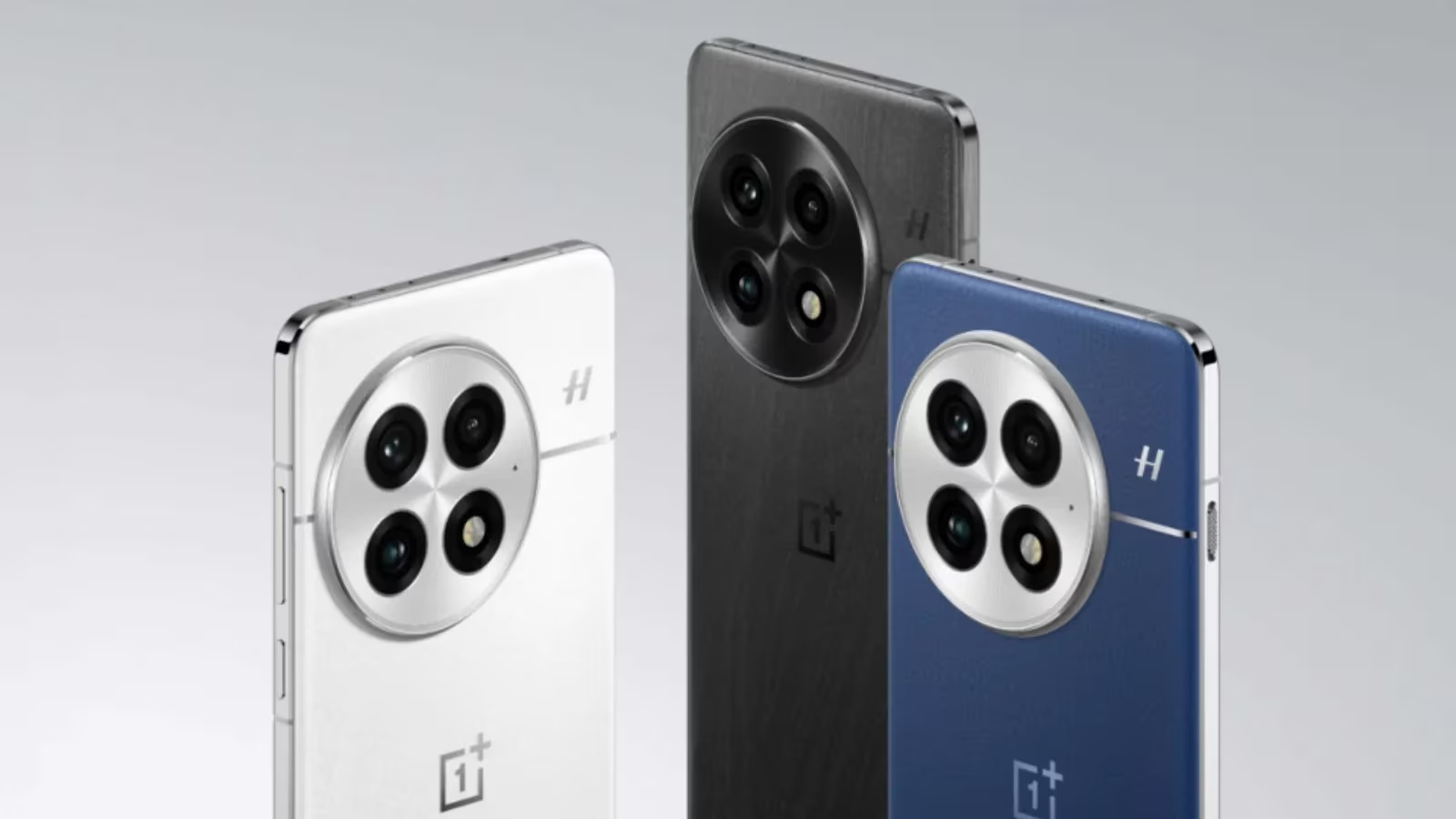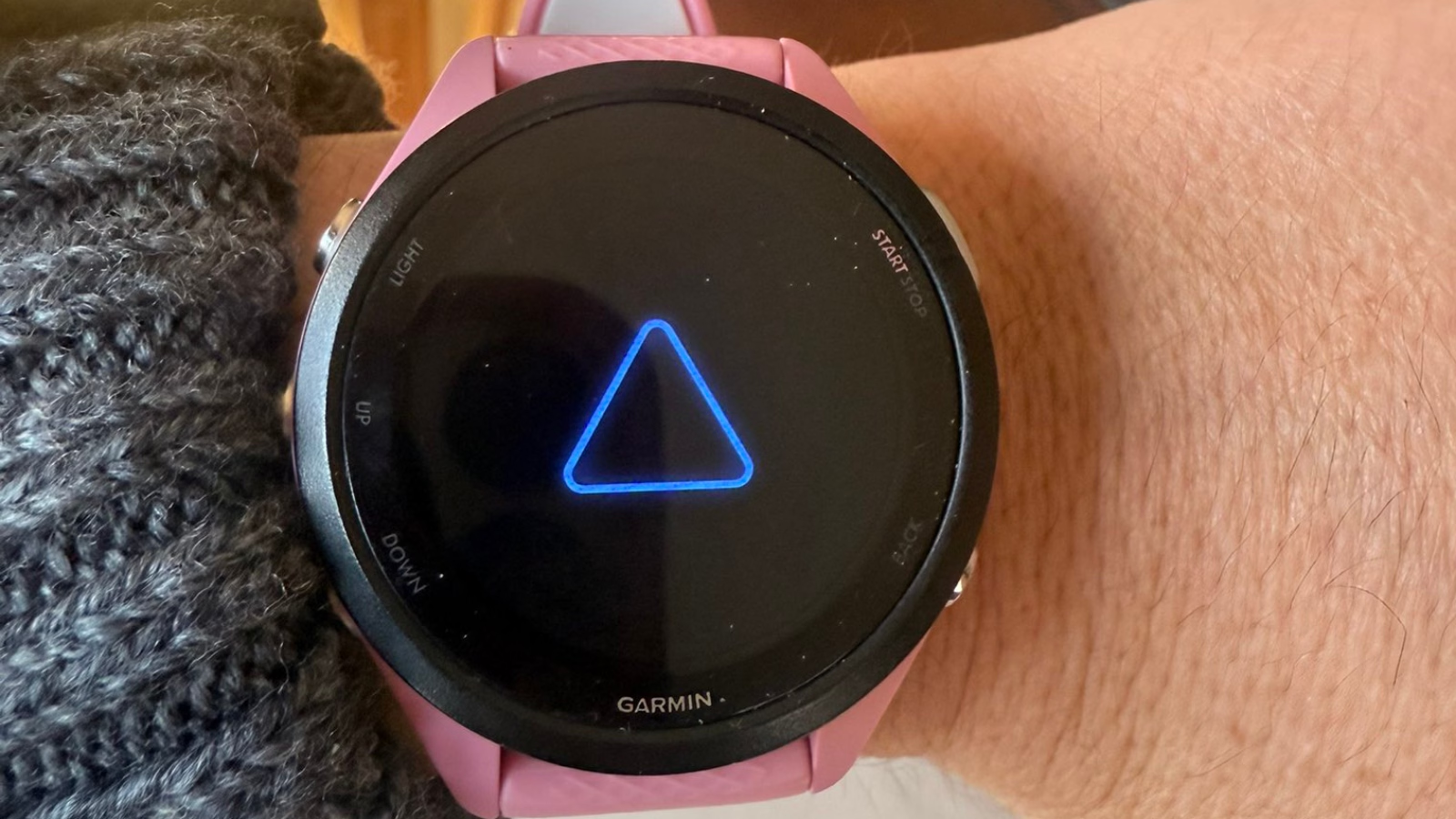Windows 10 upgrade offer will end by July 29 this year. Microsoft is aiming at running Windows 10 on one billion devices by 2018, and that majorly depends on converting the large batch of Windows 7 users.
Most users have avoided switching to Windows 8.1. The extended support commitment by Microsoft ends by the year 2020, and the company doesn’t want hundreds of millions of users still on Windows by then.
It is understandable that change isn’t usually welcome especially after something as easy and simple as Windows 7, but the problem here is that at some point Microsoft will stop supporting Windows 7 and 8.
Read More: Microsoft Surface Phone release date: Windows 10 smartphone to launch in 2017
Windows 10 may not be as simple as Windows 7, but is multi-functional and extremely efficient. This is amply evident from the fact that after a month Windows 10 upgrade was made public, Microsoft registered over 75 million active users, and by May 2016, at least 300 million downloads. Conservatively speaking, the OS now runs on 350 million devices worldwide.
Microsoft Windows head Terry Myerson had announced a target of one billion devices by mid-2018. These devices include PCs, Laptops, mobile phones, tablets and Hololens.
Read More: New Microsoft Surface All-In-One Windows 10 Desktop PC reportedly under works
International Data Corporation has gone to the extent of saying that the Windows 10 upgrades on the 29th may force to abandon their old PCs and buy new ones.
Such kind of a forceful strategy by the company indicates exactly how aware they are of their position. However, the ease of availability of other OS’ like Linux and Ubuntu might turn out to be a major game changer in this story.
Under ideal circumstances, the updates after the deadline will cost $7/annum for enterprise versions and user versions will cost $199 overall.
Under such circumstances the best option would be to get a legitimate upgrade and hope to find it user-friendly.

















